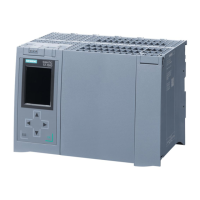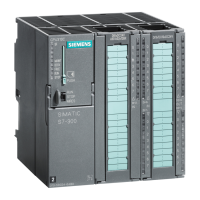Safety Programming Guideline
Entry ID: 109750255, V1.0, 10/2017
4.2 Avoiding data corruption
The protection mechanisms within the scope of coded processing (see Chapter 5)
cyclically analyze the program's execution for data corruption. In case of data
corruption, a special system function block triggers an F-STOP of the CPU.
The purpose of this mechanism is to detect influences such as EMC, defect
components, etc. and bring the system to a safe state before the machine
becomes a risk for humans and the environment.
Aside from external influences, data corruption can also be caused by incorrect
programming. The most frequent cause of data corruption is that the standard user
program or an external device (e.g., HMI) writes data while the safety program
reads that data.
This can occur in the following situations:
– Write access by higher-priority alarms
– Write access by HMI / communication
– Use of clock memories
– Update of a partial PII by higher-priority alarms
For information about how to correctly program access from the standard user
program to the safety program, see Chapter 3.9.

